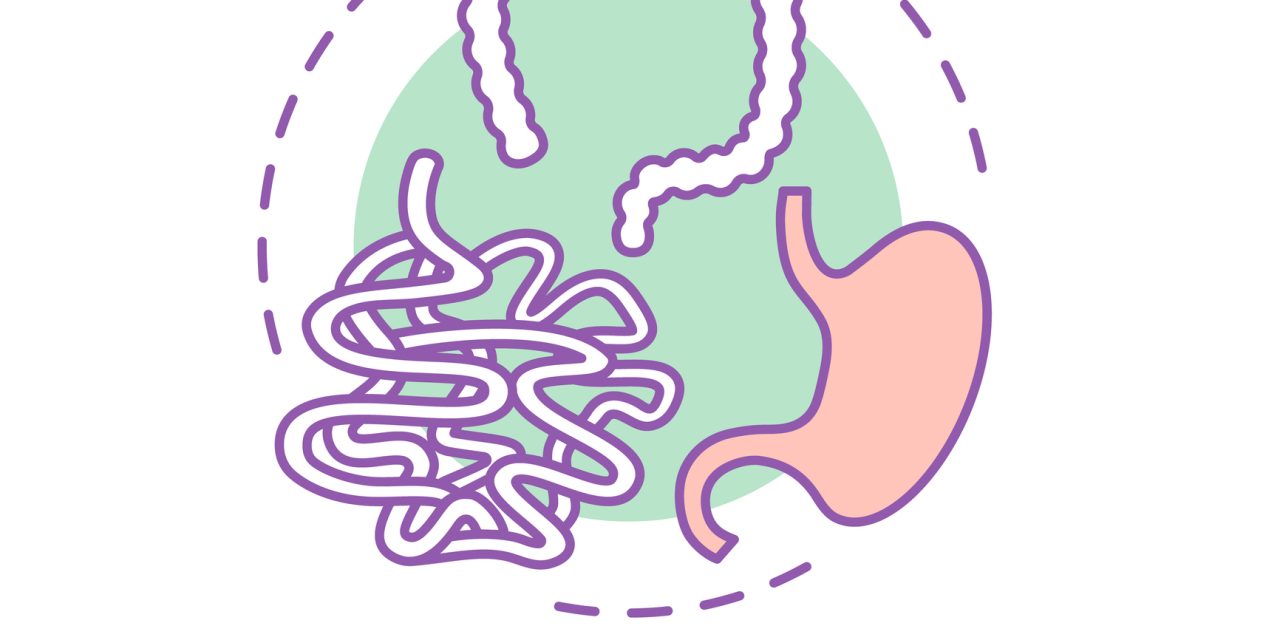In children, open primary balloon gastrostomy (PBG) is a viable alternative to percutaneous endoscopic gastrostomy (PEG) since it eliminates the need for modification under general anaesthesia; nevertheless, the complication profile of PBG vs PEG is not well characterised. Previous series comparing the two have been hindered by the fact that the groups are not comparable. Since 2014, our paediatric surgery centre has provided PBG as an alternate PEG. To compare the results of PBG and PEG, we performed a matched case-control study. Patients receiving PBG were matched 1:3 by age and disease to patients undergoing PEG, demographics, and clinical data as “controls.” The primary outcome was the rate of complications categorised by Clavien-Dindo (I-V). Time to feed and length of stay were secondary outcomes. We ran non-parametric, categorical, and multivariate logistic regression analyses. The data in this section is given as a median with an interquartile range (IQR). 140 patients were involved in the study. In terms of sex, weight at surgery, and follow-up time, the two groups were comparable. PBG had a longer median operating time versus 27.5 minutes. Multivariate analysis revealed a statistically significant increase in the incidence of symptomatic granulation tissue in PBG; this remained significant on multivariate analysis, but no other consequence did. The total complication rate did not vary significantly.
Although PBG and PEG have comparable overall complication rates, PBG appears to have a greater incidence of granulation tissue. This observation must be balanced against the requirement for further general anaesthesia, which is not trivial in medically complicated children.
Reference: https://journals.lww.com/jpgn/Abstract/2021/01000/Open_Primary_Button_Versus_Laparoscopic.11.aspx


